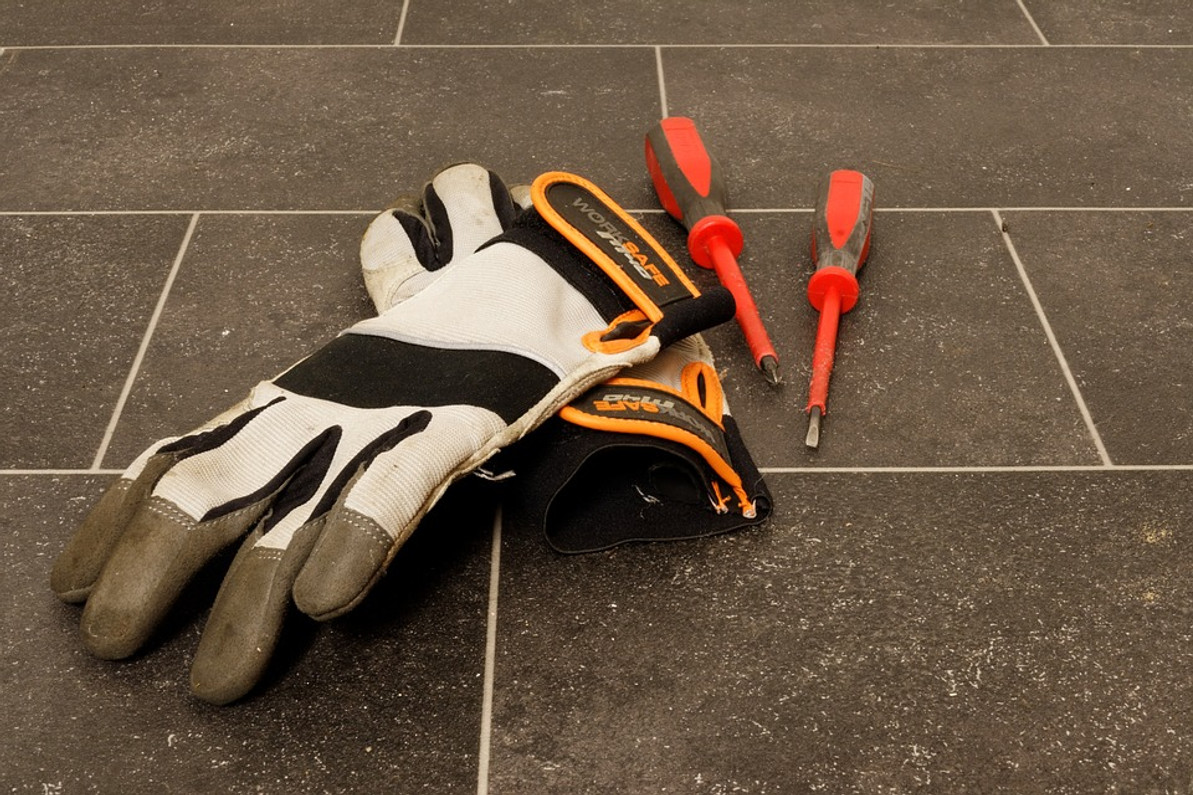Exploring the Different Types of Cut-Resistant Gloves
Do you work with bladed tools? If so, you may want to invest in a pair of cut-resistant gloves. Cuts rank as one of the most common types of work-related injuries. Each year, thousands of workers sustain a cut. Fortunately, cut-resistant gloves can protect your hands from cuts. They are designed specifically to withstand bladed tools without slicing open.
Mesh
Mesh cut-resistant gloves are characterized by a mesh, net-like construction. They are typically made of metal. You can find mesh cut-resistant gloves available in stainless steel and high-carbon steel. With their net-like construction, they resemble chainmail gloves.
In terms of strength, mesh cut-resistant gloves are typically at the top of the list. They are stronger than most other types of cut-resistant gloves. Their net-like construction featuring metal links offers superior protection against cuts. This is why chefs and other restaurant workers often prefer mesh cut-resistant gloves.
Seamless
There are also seamless cut-resistant gloves. Seamless cut-resistant gloves aren't made of metal. Rather, they are made of a heavy-duty synthetic material, such as high performance polyethylene (HPPE) or even Kevlar.
They are known as "seamless cut-resistant gloves" because they contain seams. Seams are areas where two or more pieces of material are sewn together Seamless cut-resistant gloves aren't made of multiple pieces. They are made of a single piece of material, so they don't contain any seams.
Cut and Sewn
When shopping for cut-resistant gloves, you may come across cut and sewn. Cut-and-sewn cut-resistant gloves are versatile. They are available in many of the same materials as seamless cut-resistant gloves. The difference is that cut-and-sewn have seams, whereas seamless cut-resistant gloves don't have seams.
Cut-and-sewn cut-resistant gloves typically cost less than seamless cut-resistant gloves. If you're on a budget, you may want to choose a pair of cut-and-sewn cut-resistant gloves. With that said, seamless cut-resistant gloves are stronger.
Puncture-Resistant
While all cut-resistant gloves are designed to withstand cuts from a knife or other bladed tools, some of them can withstand punctures as well. Known as puncture-resistant gloves, They are usually thicker than traditional cut-resistant gloves.
If you work with tools that may puncture, rather than simply cut, your skin, you may want to choose puncture-resistant gloves. Only puncture-resistant gloves can withstand punctures. Traditional cut-resistant gloves provide protection against cuts, but they offer little or no protection against punctures.
Recent Posts
-
Fire Safety in the Workplace: What You Need to Know
What steps are you taking to prevent fires in your workplace? According to the U.S. Occupational Saf …Aug 23rd 2023 -
Is It Safe to Go Jogging With a Cold Infection?
If you're suffering from a cold infection, you might be wondering whether it's safe to go jogging. T …Aug 22nd 2023 -
5 Safety Tips to Follow When Using a Powder-Actuated Tool
Powder-actuated tools are commonly used to join materials to steel and concrete. Also known as Hilti …Aug 20th 2023




